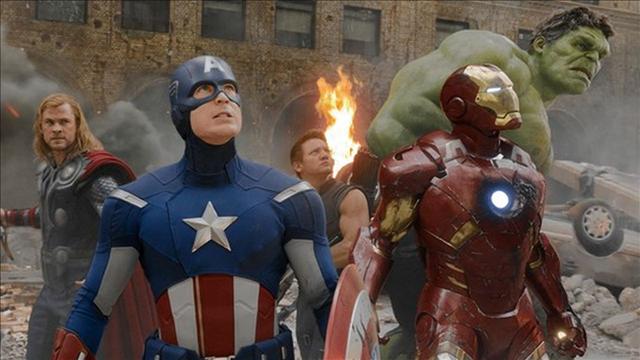(In anticipation of Avengers: Endgame’s impending release, we’re taking a look back at the entire MCU, entry by entry. Rather than doing straightforward reviews, our goal with this retrospective is to trace the footsteps of Marvel Studios in order to understand the decisions that were made along the way to becoming a Hollywood powerhouse.)
The Avengers was very much a do or die scenario. The idea of a team-up film based on Earth’s mightiest heroes was an unprecedented prospect. The audacity of making a massive movie with Marvel’s best characters would have been considered insane two decades ago. An equally crazy idea was that The Avengers would be preceded by solo hero films that slowly set up a shared universe. The fact that it worked at all is a miracle. But The Avengers not only met the unrealistically high expectations of fans, it completely blew them out of the water.
In 2003, a still relatively young producer named Kevin Feige realized that Marvel had the rights to most of the Avengers characters. Feige eventually convinced Marvel to begin making its own films, which would culminate in a team-up in The Avengers. In 2005, the newly formed Marvel Studios was able to secure the capital to put that plan into action. In 2007, writer Zak Penn was officially hired to write the script. However, it was the success of Iron Man that would begin to solidify plans to bring The Avengers to the silver screen. As a result, the film received a prime summer 2011 release date, before later getting pushed to 2012.
Disney Eats Marvel

We’ve yet to discuss Disney’s crucial purchase of Marvel in 2009, which gave them control of Marvel Studios. While Kevin Feige is often credited as the key creative force, it was actually David Maisel who was instrumental in forming Marvel Studios. Maisel was technically Feige’s boss and the President and COO of Marvel Studios until the Disney acquisition. He and Feige were also friends who dreamed up the future of what would eventually become the MCU.
Maisel also understood that selling Marvel to Disney would exponentially increase their resources in the near future. With Thor and Captain America already in motion, The Avengers would become the first MCU film to be distributed by Disney. When the sale was finalized in late 2009, Maisel left Marvel Studios and Feige essentially took his place. This shift would prove to be troublesome down the line, since Feige now reported to Marvel CEO Isaac “Ike” Perlmutter. The reclusive billionaire eventually become a big thorn in Feige’s side, but we’ll return to that later.
Zak Penn
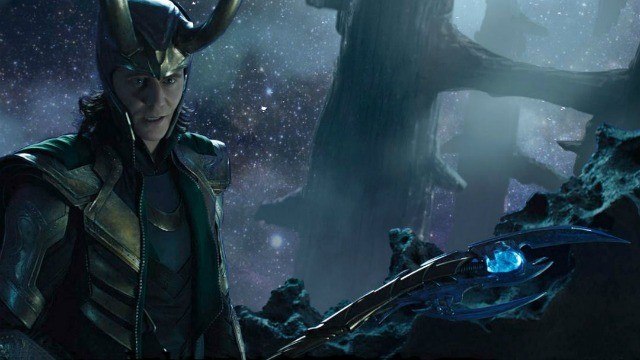
Iron Man 2, Thor, and Captain America: The First Avenger were all in production when Penn was writing the script for The Avengers. In 2009, Penn commented on the intricacies of the unprecedented writing gig. He noted that his job was to “shuttle between the different movies and make sure that finally we’re mimicking that comic book structure where all of these movies are connected.” Penn’s first draft of The Avengers hasn’t surfaced, although he apparently tried to dramatically reduce Thor’s presence in the film. While Penn had his doubts about Thor’s ability to succeed on the silver screen, casting Chris Hemsworth changed all of that. Loki was always intended to be the villain of The Avengers. However, there were initial discussions about making Red Skull the primary antagonist. Penn completed his first draft in early 2010. From there, the search for a director was in full swing.
While Iron Man director Jon Favreau seemed like the natural choice on paper, he eventually took himself out of the running. He felt attached to the tech-based world that he had helped to create with Iron Man. Favreau would eventually receive an executive producer credit for his input on The Avengers. The studio approached other filmmakers about the project. But in the end, there was only one person that was right for the job – Joss Whedon.
Joss is Boss
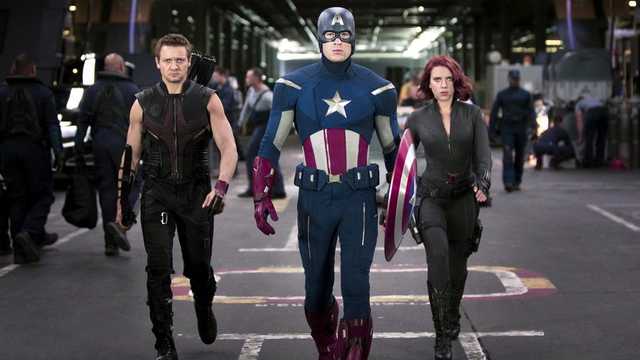
Whedon and Feige quickly realized that they were on the same wavelength, but there was one major problem. Whedon had read Penn’s draft, and he was not a fan of it. The brutally honest writer suggested that they “didn’t have anything” with the script. He even insisted that Marvel should “pretend the draft never happened.” Whedon felt that there was a lack of character connections in Penn’s draft. As a result, Whedon was asked how he would approach things. The writer/director went on to create a five-page treatment for The Avengers. That was enough to land him the gig of a lifetime.
Marvel Studios quickly worked to lock down the Whedon for the film. However, there were a few conditions. He had to use Loki as the main villain, and the heroes had to battle each other in the middle, with a massive set piece at the end of the film. More importantly, Whedon had to get the film ready for its new May 2012 release date. Whedon was initially skeptical about Loki’s presence being enough of a threat for the team. But he eventually came to the realization that the Avengers themselves don’t really belong in the same movie. Drawing inspiration from films like The Dirty Dozen, Whedon finally found his hook for the project.
Hulk Smash
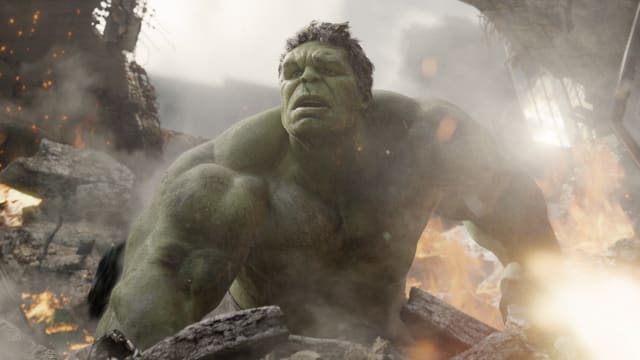
Although many of the players had already been cast in Marvel Studios’ previous movies, there were still a few key roles to fill. There was also the question of what to do about Edward Norton. We’ve already covered the Norton saga in our piece about The Incredible Hulk. Suffice to say, Norton and Marvel didn’t have a good working relationship. Even though Norton had expressed interest in returning for The Avengers, Marvel decided not to bring him back. Feige threw salt in the wound by saying the role required “players who thrive working in an ensemble.” Ironically, Mark Ruffalo was also among the top choices for The Incredible Hulk. Ruffalo inked a deal to appear as the Hulk only hours before the film’s legendary Comic-Con 2010 panel. And the rest was history.
If there’s one sequence in The Avengers that encapsulates the film, it’s the battle of New York. It’s still kind of amazing that this sequence works as well as it does. It’s an incredibly fun special effects blow out. But it’s also unique in that it actually develops character. In the nearly thirty minutes of screen time, all of the Avengers got their epic moments.
“I’ll Take That Drink Now”
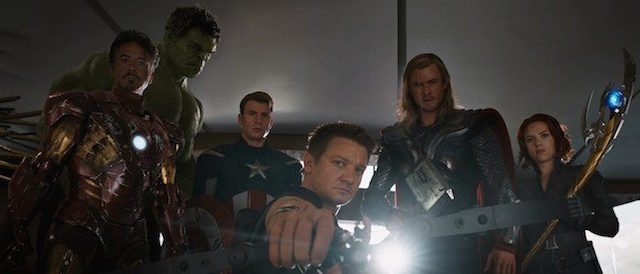
There’s one particular shot that manages to sum up the effectiveness of the film – but it’s probably not what you’d expect. Rather, it’s this one-take shot featuring the team truly working together for the first time. It’s easily the most rewarding moment in any MCU film to date.
In many ways, this shot is the movie. It fulfills the promise of the MCU going all the way back to that first post-credits scene in Iron Man. Ultimately, this is the moment that really offers a crescendo to the entirety of Phase One, while also informing the direction of Phase Two.
While a film like The Avengers had never been attempted before, the result was a crowd pleasing cinematic experience. To this day, it remains unparalleled in terms of quality, box office receipts and overall impact of the cultural zeitgeist. It wasn’t until The Avengers that Marvel Studios truly became a box office juggernaut.
Captain America: The First Avenger – MCU Retrospective Part 5
Thor – MCU Retrospective Part 4
Iron Man 2 – MCU Retrospective Part 3
